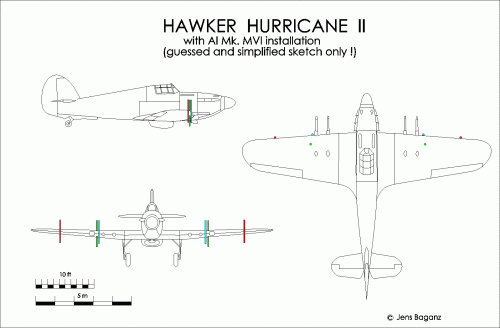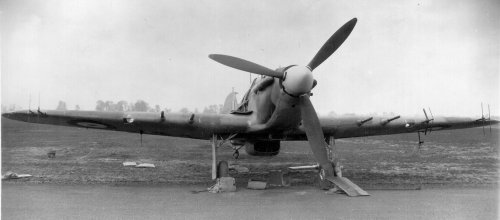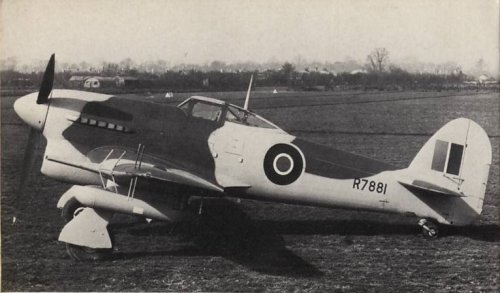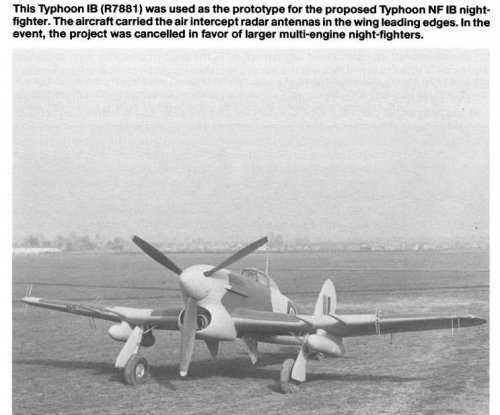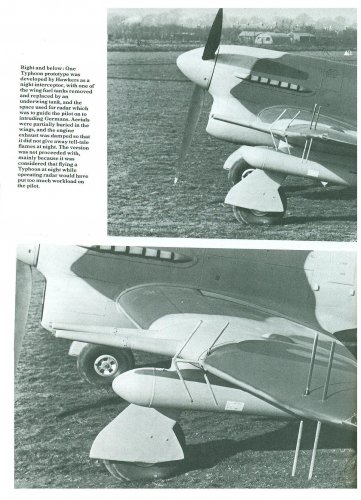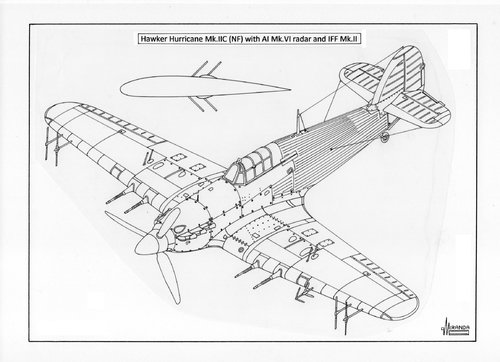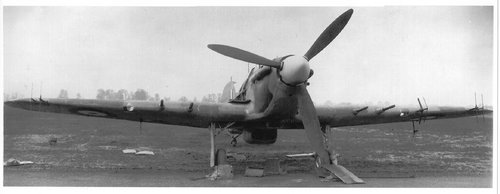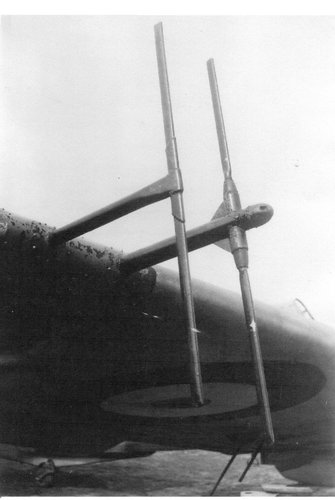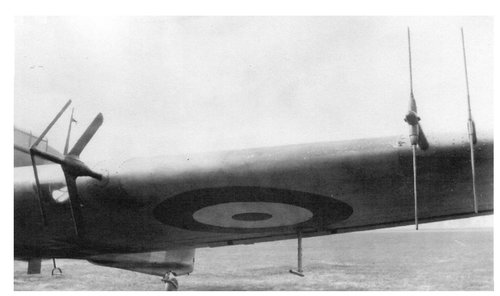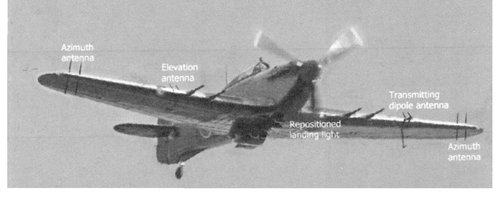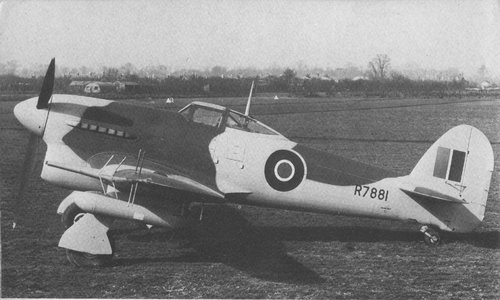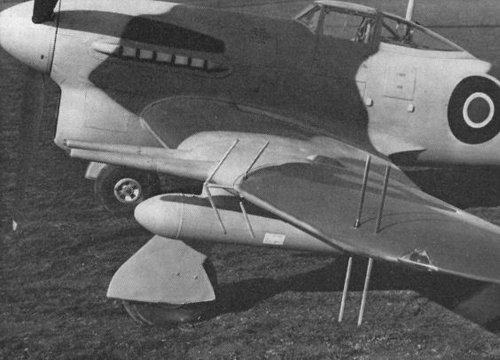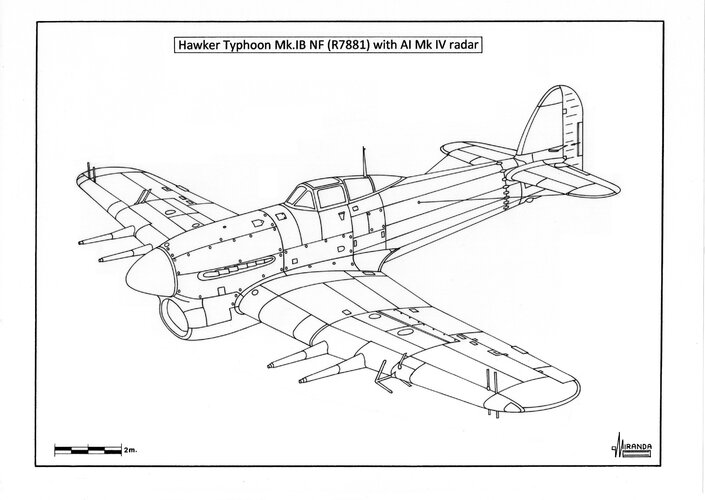- Joined
- 11 March 2006
- Messages
- 8,626
- Reaction score
- 3,811
In Ian Whites "The History of Air Intercept (AI) Radar and the British Night-Fighter 1935-1959",
I stumbled across a description of two Hawker Hurricane IIs (Z2509 and BN 288), that were fitted
with AI Mk. VI radar sets. The location of the antennas are roughly described (in the sketch below:
transmitter: red, receiver azimuth: blue, receiver elevation: green), but no photo or drawing is shown.
Though there are a lot of photos and drawings of Hurricane nightfighters around, still yet I haven't found
any of those two radar equipped test beds. Anybody else ?
I stumbled across a description of two Hawker Hurricane IIs (Z2509 and BN 288), that were fitted
with AI Mk. VI radar sets. The location of the antennas are roughly described (in the sketch below:
transmitter: red, receiver azimuth: blue, receiver elevation: green), but no photo or drawing is shown.
Though there are a lot of photos and drawings of Hurricane nightfighters around, still yet I haven't found
any of those two radar equipped test beds. Anybody else ?

